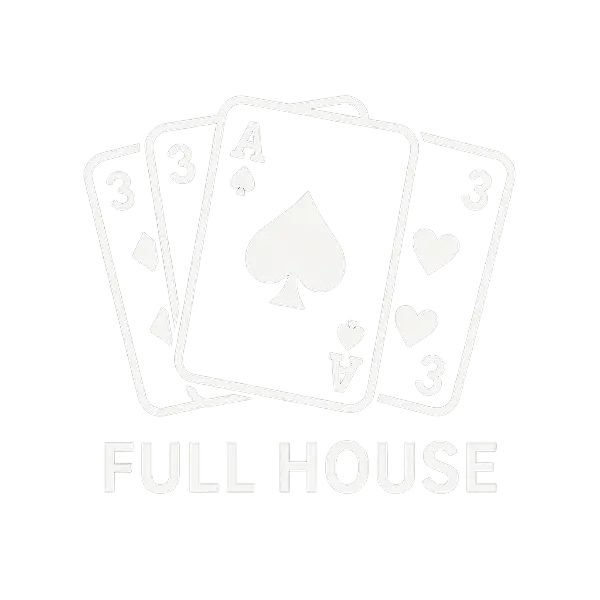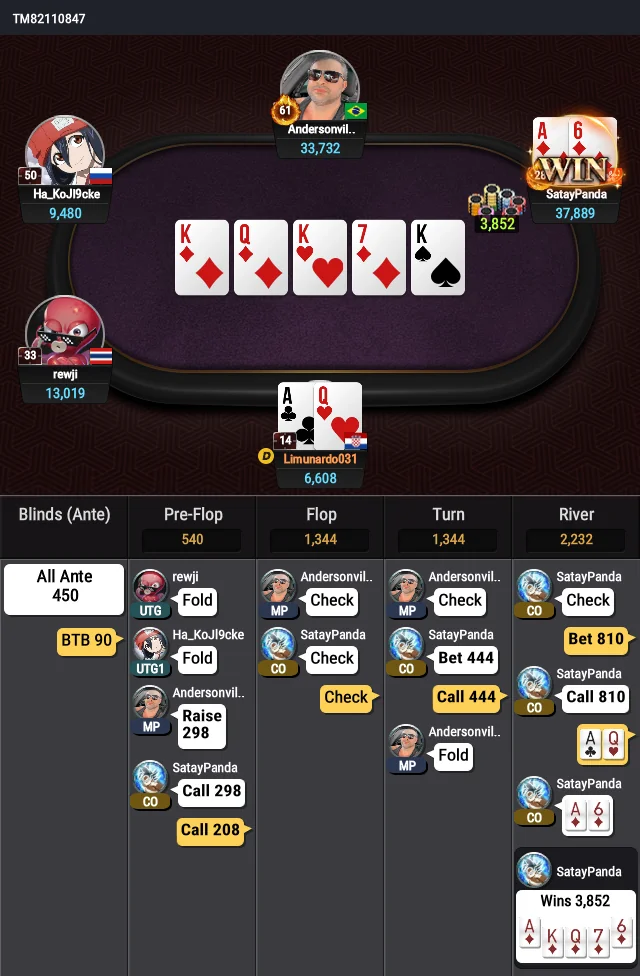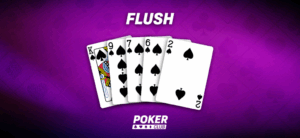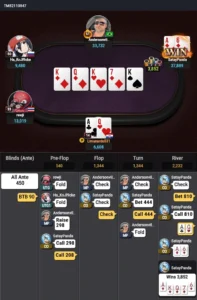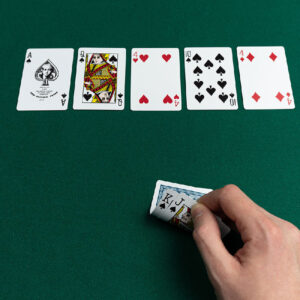The term “full house” in poker may seem strange to newcomers. Why not just call it “three-of-a-kind with a pair”? The answer lies in poker’s rich history and casino culture. In this article, we’ll explain why it is called a full house in poker and how the term came to be.
Historical Origins of the Term
The phrase “full house” originated in the 19th century. In early versions of poker, a hand that couldn’t be improved upon was considered “full.” Adding a pair to a three-of-a-kind created a full hand, thus the term “full house” was born.
The Role of the “House”
In casino terms, the “house” refers to the casino itself — the entity that runs the game. A “full house” may symbolize dominance at the table, much like how the house typically has an edge. The word “house” adds an air of authority and completeness.
Cultural and Strategic Implications
Understanding why it’s called a full house in poker offers insight into its perceived power. It’s a hand that often wins pots and intimidates opponents. It’s not just a technical term; it reflects the game’s culture.
Why This Knowledge Matters
- Better game awareness: Knowing the origins gives you more respect for the game’s traditions.
- More confident play: You’ll feel more secure betting or raising with such a powerful hand.
Comparisons With Other Poker Terms
Just as we use terms like “straight,” “flush,” and “royal,” the term “full house” fits into poker’s colorful language. These names not only describe hands but contribute to the game’s lore.
Fun Fact
In some circles, a full house is called a “boat.” Why? Because a boat is “full” and steady — a metaphor for strength and stability at the poker table.
Conclusion
The term full house in poker isn’t just about three cards and a pair. It’s about tradition, power, and style. Now that you know why it is called a full house in poker, you’re better prepared to understand and respect the game you play.
